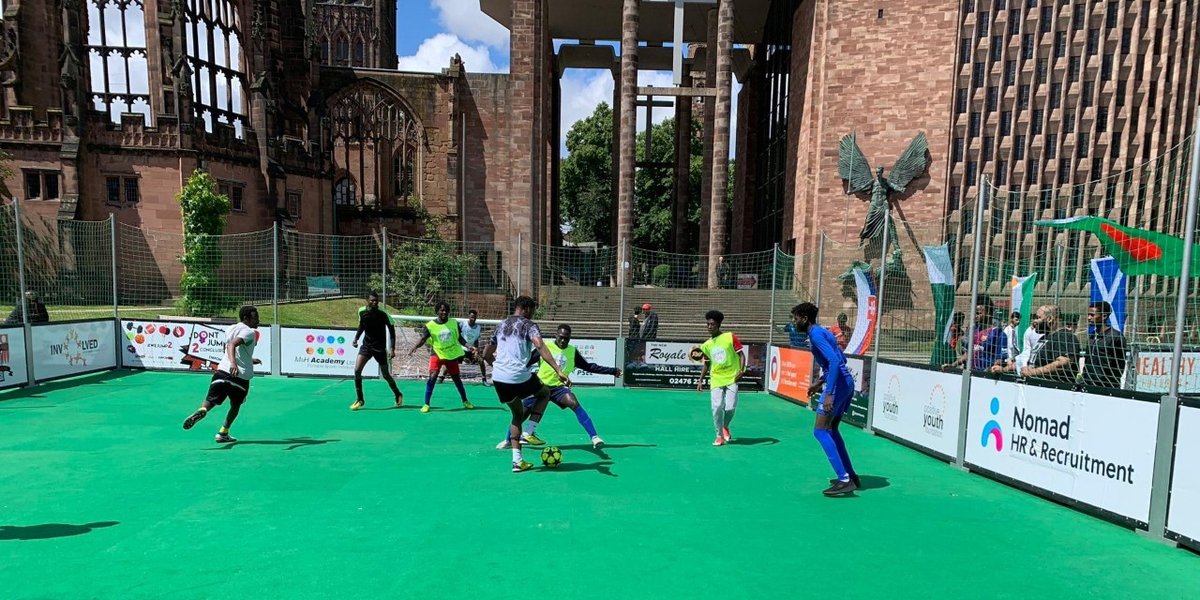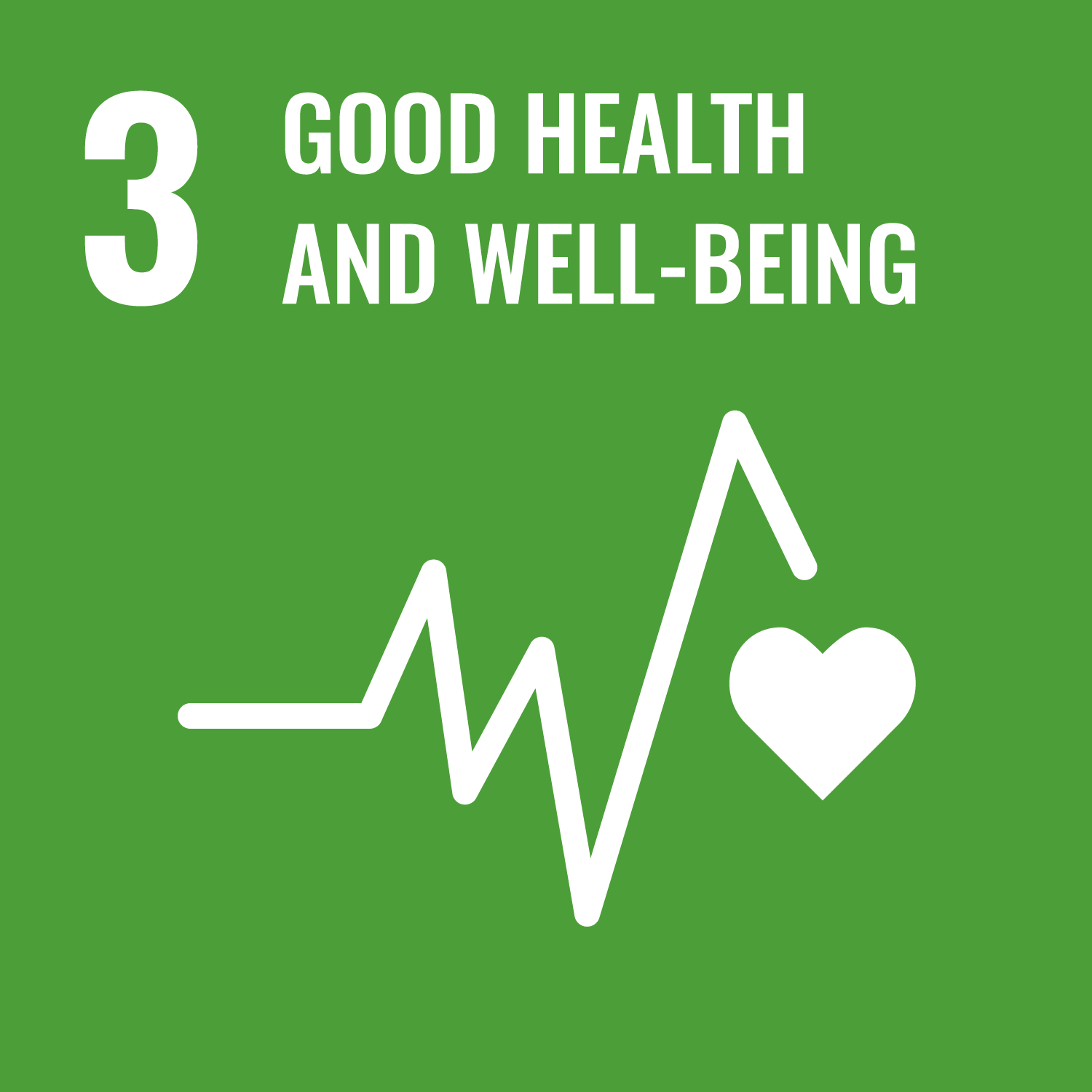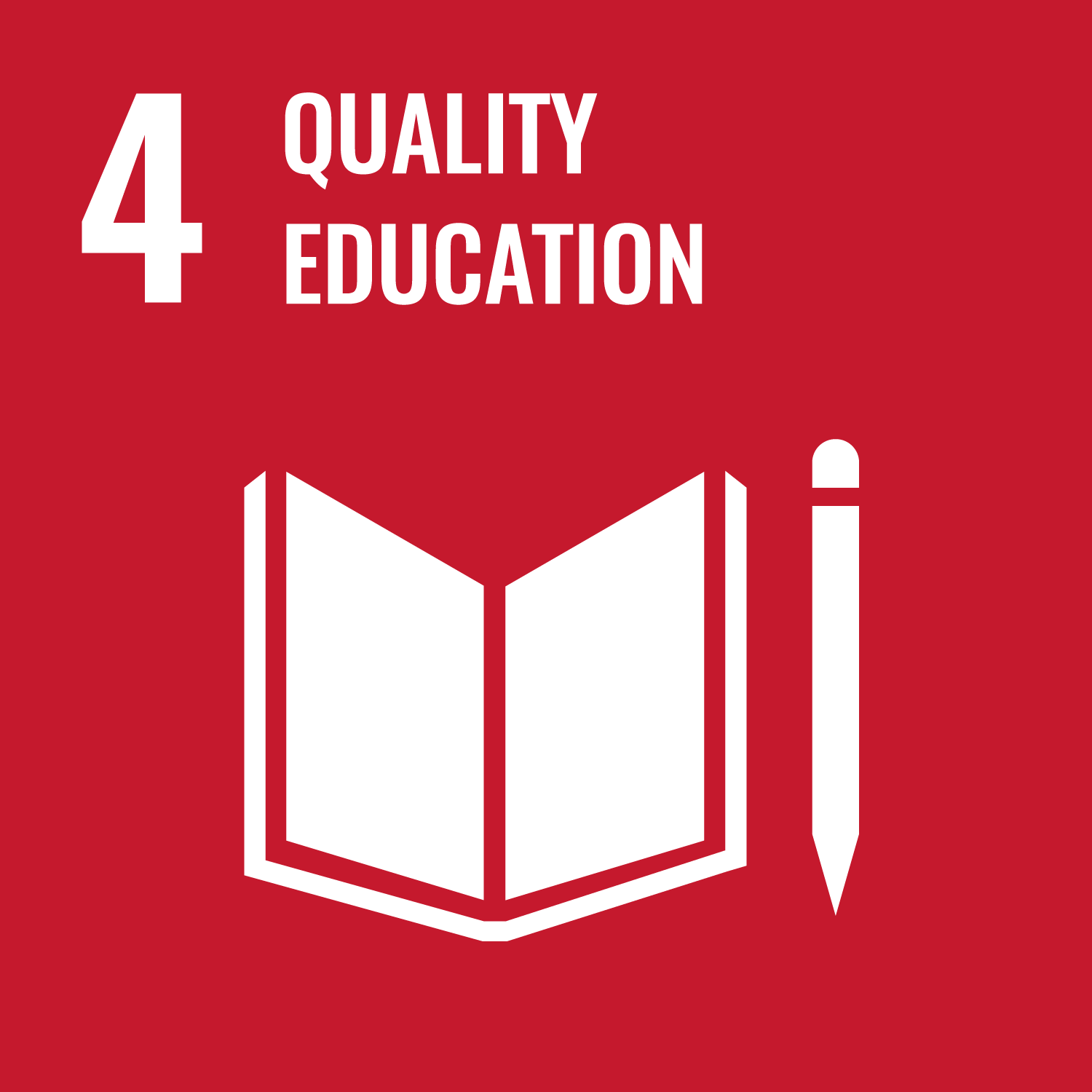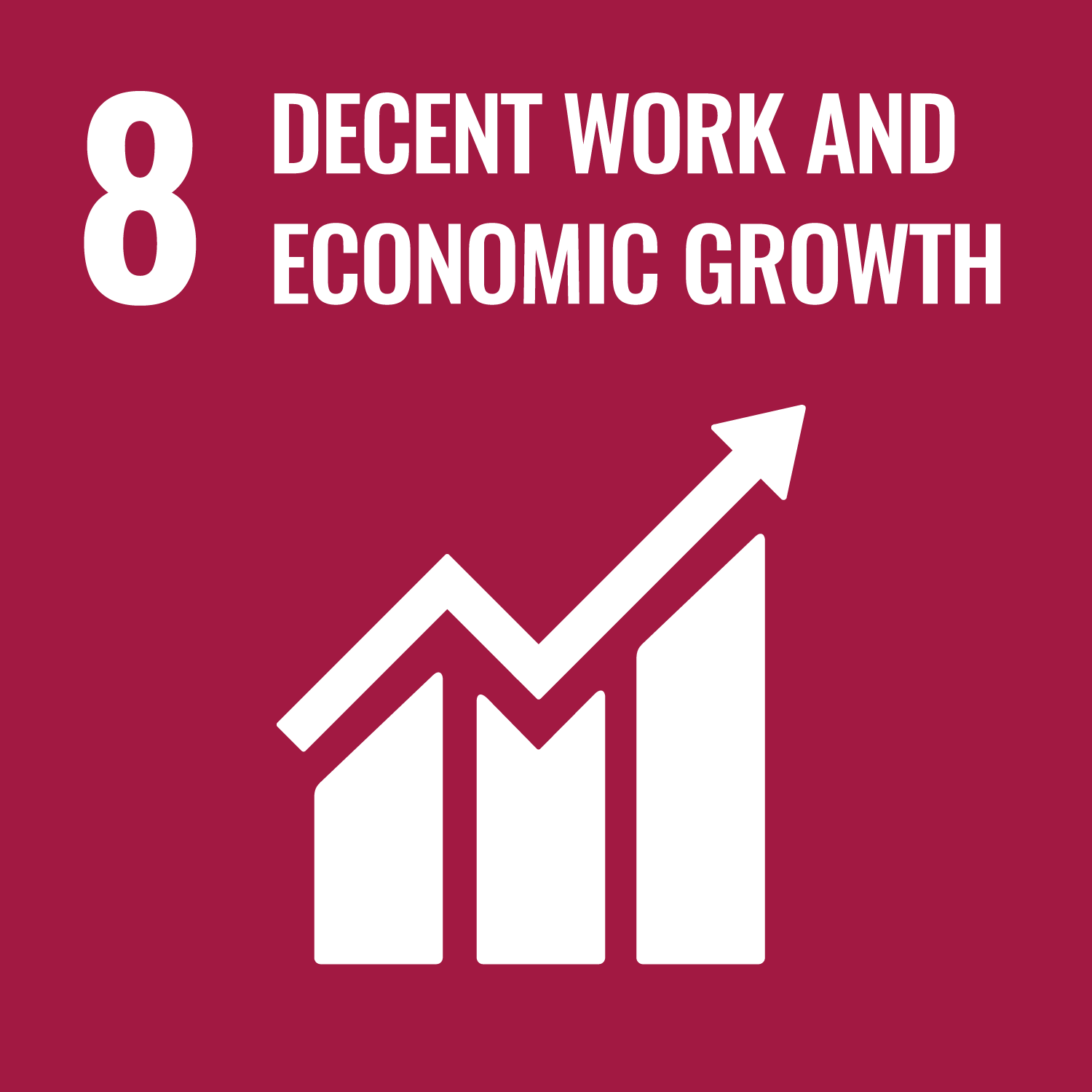
- Impact bond
- Health and wellbeing
- Child and family welfare
- UK
United Kingdom
7 mins
Chances
Last updated: 31 May 2022
The Chances Programme social impact bond (SIB) is funded under the UK Government Department for Digital, Culture, Media and Sport's (DCMS) Life Chances Fund (LCF). The SIB aims to use sport and physical activity to provide new opportunities and alternative life pathways for children and young people in disadvantaged areas whilst improving their health and wellbeing.
Project Location
Aligned SDGs




INDIGO Key facts and figures
-
INDIGO project
-
Commissioner
- Active Oxfordshire
- Bristol City Council
- Coventry City Council
- Department for Culture, Media and Sport (DCMS)
- Devon County Council
- Doncaster Metropolitan Borough Council
- Hartlepool Borough Council
- London Borough of Harrow
- London Borough of Islington
- London Borough of Lambeth
- Middlesborough Borough Council
- Newcastle City Council
- North Tyneside Borough Council
- Northumberland County Council
- Oxford City Council
- Redcar & Cleveland Borough Council
- Shropshire County Council
- Southampton City Council
- Sport England
- Stockton Borough Council
- Sunderland City Council
- Teesside Police & Crime Commissioner
- Waltham Forest Council
- Wigan Metropolitan Borough Council
-
Intermediary
-
Investor
-
Provider
- Active Oxfordshire
- Aston Villa Community Trust
- Brentford FC Community Sports Trust
- Charlton Athletic Community Trust
- Energise STW
- Exeter City Community Trust
- Flying Futures
- Foundation of Light Sunderland
- Leyton Orient Community Trust
- Palace for Life Foundation
- Positive Youth Foundation
- QPR Community Trust (Queens Park Rangers)
- Wigan Athletic Community Trust
- Youth Moves
-
Funds
-
Launch date
June 2020
-
Start of service provision
September 2020
-
Duration
3 years
-
Capital raised (minimum)
GBP 1.25m
(USD 1.54m)
-
Service users
6k+
Target population
Children and young people aged between 8-17 with specific issues - low school attendance, recent offenders, looked after children, NEETS, pre-NEETs, and young people with mental health problems.
The problem
There is increasing evidence that young people living in the most disadvantaged neighbourhoods have higher probabilities of poor adult outcomes. Growing up in deprivation presents a series of risks that are difficult to overcome: lower educational outcomes, lower access to health services, absence of role models or positive adult references, higher probability of becoming Not in Education, Employment or Training (NEET) and higher probability of being exposed to crime and violence, both domestic and in the streets.
While the term ‘risk’ indicates the seriousness of the problem, it also implies that it can be prevented. In 2009, the Audit Commission wrote a report on this issue, ‘Tired of hanging around’, and looked at the potential benefits of using sport and leisure to prevent anti-social behaviour by young people. It made a series of recommendations based on the estimations that preventive projects are cost-effective. According to the report, a young person in the criminal justice system costs the taxpayer over £200,000, but the support to stay out of the system costs less than £50,000.
There is a general agreement that both national and local governments need to address this problem in a preventative way, and more needs to be done to engage young people and offer positive alternatives to violence and anti-social behaviour.
The solution
Because of its potential for supporting youth development, sport and physical activity has been used in many countries as a programming strategy for addressing social issues, such as youth crime and social integration. Driven by Sport England’s interest in the use of social impact bonds, Substance designed the first sport-based social impact bond – the Chances Programme – which aims to enhance social inclusion through participation in sport and physical activity. The aim of the Chances Programme is to provide new opportunities and alternative life pathways for children and young people whilst improving their health and wellbeing.
Young people aged 8-17 can be referred directly from the Local Authority or self-referred, if they meet the following criteria:
- If they are referred by the Local Authority, they must meet at least one of the following conditions: excluded from School or have attended for less than 60% in the previous full school term, aged 16 – 17 and Not in Education, Employment or Training (NEET), aged 13 – 17 and at risk of becoming NEET and/or have offended less than three times within the previous 12 months or are subject to a pre-court disposal order.
- If they are self-referred, they must meet at least one of the following conditions: not involved in a structured physical activity programme and/or have low levels of physical literacy, aged 16 – 17 and Not in Education, Employment or Training (NEET), aged 13 – 17 and at risk of becoming NEET and/or have offended three times or more in the previous 12 months.
Substance works with a network of 16 locally trusted youth and sport organisations (see list of service providers). These partner organisations are based at youth and community facilities where young people usually meet. While every service provider has the liberty to propose different activities to their communities, all of them offer opportunities to get active, engage with learning and volunteer in their community. Those opportunities can involve sessions focusing on sport and physical activities, martial arts, dance, enterprise and social action projects, cooking, music, art and photography, leadership and personal development qualifications, residential experiences and expeditions.
The impact
According to the underlying theory of change, young people’s participation in sports and physical activities provide an appropriate context for the development of a series of mechanisms of change. These mechanisms include the development of an affective and enduring relationship with a positive adult or role model, the provision of skills or new mechanisms for positive behavioural management and change, the support of the development of positive prosocial attitudes, the opportunity to have a mentor and the possibility to engage in fun and rewarding activities.
These mechanisms of change contribute to the achievement of positive social outcomes in three primary areas:
- Health and wellbeing
- Employment, education and training
- Reduced Offending
There are no final results for this programme yet, as it is an ongoing project. However, the outcomes framework presents targets and interim results up to February 2022.
Outcomes framework
Whilst operating the programme, Substance is keen to learn from the implementation, to which end they are conducting an impact and process evaluation throughout the duration of the contract. In addition, DCMS has commissioned a programme level evaluation of all Life Chances Fund projects to establish their effectiveness in providing a better service to the target groups, to capture successful practices and to investigate the Fund’s potential to deliver savings. Delivery Partners and local authorities are expected to cooperate with both the Life Chances Fund evaluation and the Chances programme evaluation and participate in interviews, surveys and the collection of all relevant management information.
Substance, as programme manager, coordinates the collection of the necessary data and evidence to claim for outcome payments. As this impact bond project works with 16 different service providers across England, Substance has implemented its own monitoring and data collection platform, 'Views', for providers. All service providers are requested to collect and upload participant's information, service delivery and evidence in order to monitor progress, keep track of outcome achievements, to ensure accountability and ultimately support Substance with making claims for payments.
| Primary improvement areas | Outcomes | Evidence | Year 1 Cohort Targets (individuals) | Year 1 cohort achievements (up to End of March 2022) |
|---|---|---|---|---|
| Health and wellbeing | Engagement/ ‘Involved’ measure (i.e. baseline) | Staff assessment of engagement level in the programme, according to Substance’s Engagement & Progression Matrix (Disengagement / Curiosity / Involvement / Achievement / Autonomy) | 2000 | 1744 |
| Physical literacy measure at mid-point | Completion by a participant of a midpoint questionnaire measuring physical literacy | 1500 | 769 | |
| Physical literacy measure at end-point | Completion by a participant of a midpoint and endpoint questionnaire measuring physical literacy | 900 | 201 | |
| Employment, education and training | Improvement in school or Pupil Referral Unit attendance of each 10% over three full terms compared to the full term immediately prior to referral to the programme. | Information on the school attendance rate of young people entering into the programme would be collected by the Local Authority and shared with the Delivery Partner via the Referral Form. Baseline assessment by local authority / letter from School or Pupil Referral Unit | 152 | 37 |
| Achievement of a recognised sports qualification / coaching award started during any quarter | Certificate of achievement. Examples include Sports Leaders UK Level 1, a National Governing Body Coaching or a Multi Skills Activator Award | 400 | 449 | |
| Completion of a three-month volunteering or work experience placement totalling a minimum of 30 hours. | Letter from organisation documenting length and type of volunteering / work experience | 75 | 22 | |
| Reducing offending | Reduction in re-offending of young people who have offended once or are subject to a Pre-Court Disposal Order in the 12 months prior to referral into the programme. | Letter from Local Authority Youth Offending service | 75 | 83 |
| Reduction of young people who have offended three times or more in previous 12-month period by one third over the year following referral No further offending over each three-month period following engagement. | Letter from Local Authority Youth Offending service | 75 | 12 |
Timeline
-
November 2020
Big Issue Invest loan agreement and Sport England contract signature
-
November 2020
Start date of service provision
-
August 2024
End date of service provision
-
October 2024
Completion date
Project insights
Sports and physical activity can be an enabler of positive social outcomes
Although the idea of using sports as a means to generate social inclusion is not new, this is the first time that such a programme has been carried out under an impact bond framework. This framework requires that Substance keeps track of the performance and outcomes achievement of every delivery location.
Thanks to this thorough process of data collection, Substance is in a good position to run a parallel research project to determine if there is a strong relationship between the provision of sports and positive social outcomes. This research project runs alongside the SIB and will present final results in September 2024. To date, there is emerging research analysing the use of sports for development, but not enough evidence yet to confirm that there is a causal relation between sports and outcome achievements.
Up to now, data from similar projects has demonstrated that these programmes had a positive impact against the following outcomes:
- Reduced crime and anti-social behaviour
- Improved educational attainment
- Improved educational attendance
- Reduced substance misuse
- Increased wellbeing
- Improved health
- Reduced levels of young people who are NEET (Substance, 2013).
In 2001, the Home Office Crime and Drug Strategy Directorate and the Football Foundation launched Positive Futures, a national sports and activity based social inclusion programme. The programme operated through 121 local projects in England and Wales. Its principal aims were to help young people living in some of the most deprived communities avoid an involvement in offending behaviour and substance misuse by engaging them in sports and physical activities and creating routes back into education, volunteering and employment (Home Office, 2007).
Communication is key to manage a Social Impact Bond (SIB) with multiple commissioners and service providers
One of the salient characteristics of the Chances SIB is the number of parties involved in the project. Substance is working with 16 service providers that deliver a service with 21 commissioners in England. In addition, Substance allows a significant degree of liberty to each provider and they can decide what type of activities to offer and how to approach their work with disadvantaged neighbourhoods. This adds heterogeneity to the programme and poses the challenge of managing a SIB where there are different services, various service providers and several commissioners.
Active communication becomes a key to the success of this project. Substance needs to be able to coordinate the work of the providers and find a balance between giving them freedom to design different services, while making sure that they are aligned with the set of outcome metrics that was originally contracted.
At the same time, open dialogue is key to establish a trusting relation with commissioners, as they are facing a different challenge. Some commissioners find difficulties when adapting their procurement procedures to the impact bond pace of outcome payments, especially the ones that are commissioning an impact bond for the first time.
In sum, communication is a fundamental ingredient of the management of this programme. It is useful not only to guarantee that the SIB is run smoothly, but also to ensure that important learnings are transferred from the SIB to local authorities and across different parties.
While the SIB model provides more flexibility on the delivery side, it is less flexible with outcomes verification and evaluation
The SIB model is an appropriate framework to give service providers liberty to design different approaches according to the specific contexts where they are located. This is an advantage as every service provider has a unique knowledge of the locality that they serve and is in a better position to decide which the best activities are to attract disadvantaged young people. Context-specific programmes have more chances to succeed than programmes that do not take into account specificities of the community or the geography.
The SIB model offers less flexibility when it comes to the phase of outcomes verification and evaluation. The fact that commissioners agreed to pay for a particular set of outcomes incentivizes the service provider to work towards those outcomes. However, there are cases where providers are able to generate other positive social outcomes within their cohorts. Whilst there is a fixed set of payable outcomes which have been contracted for, Substance are currently exploring the use of proxy and intermediary measures and investigating the introduction of additional outcome measures within the rate card, for example enrolment into college for young people who are NEET. Through the research project and providers themselves, other positive outcomes are being monitored and findings shared with commissioners.
Contact details
Sangita Patel
Head of Programmes at Substance
This case study was compiled by Juliana Outes Velarde.
Last updated: April 2022